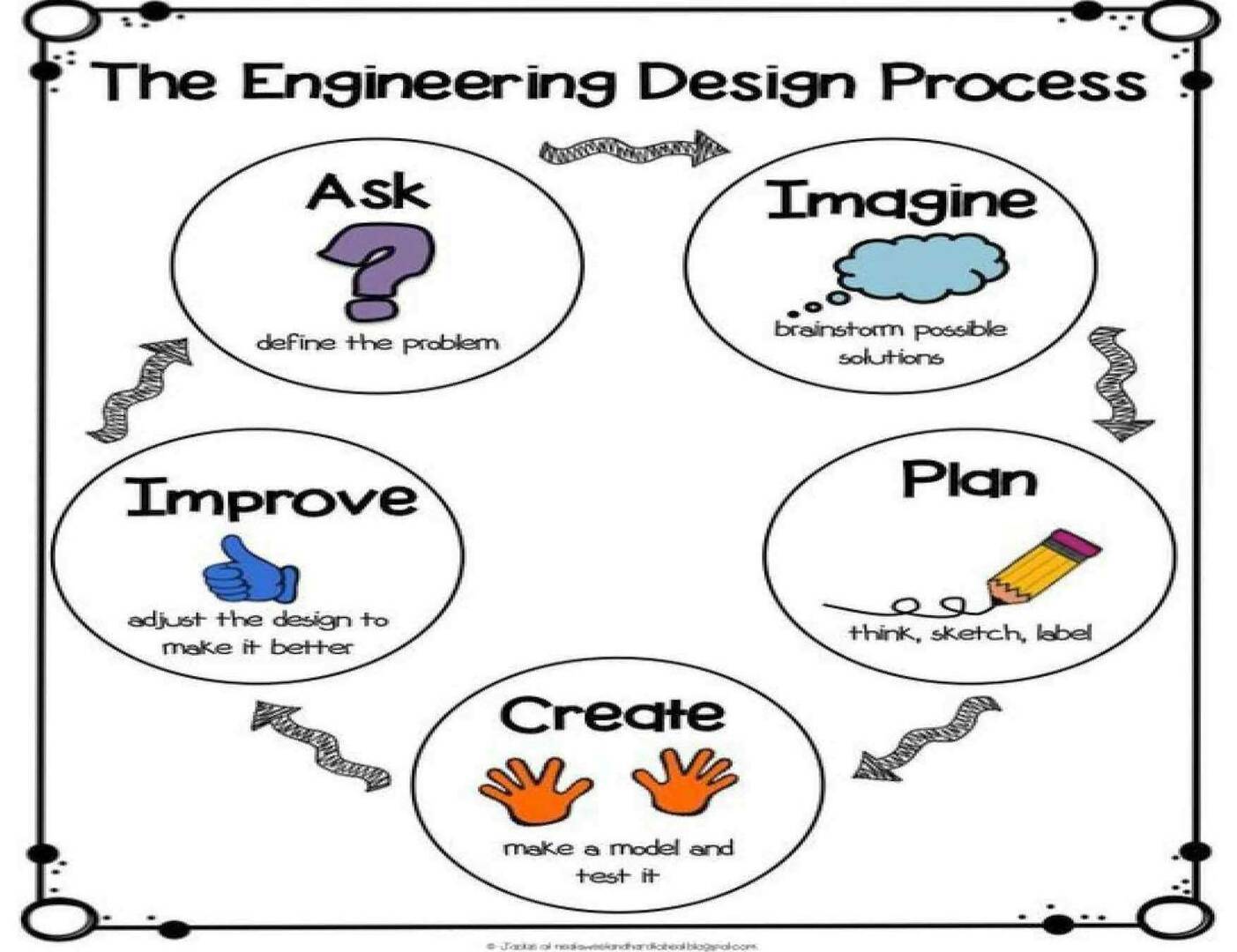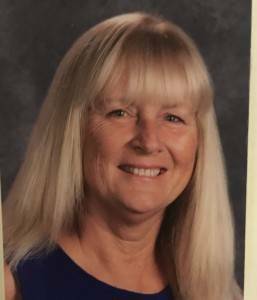Project Summary
The goal of this research project was to determine the effects of teaching methods applied in a STEM project (Science, Technology, Engineering, and Mathematics) by assessing student performance in logical-mathematical thinking, creative problem solving, collaboration, and presentation skills of third graders, utilizing various STEM activities in groups of 3 to 8 students called engineering teams. Students were able to interpret, develop, and execute plans for thought-provoking tasks. Some STEM activity kits were purchased, while others were assembled from consumable materials. Several coding activities were taught using kid-friendly websites. Tomatoes, jalapeños, cilantro, and onions were started from seed using peat pods in a mini-greenhouse on a warming pad. In spring we transferred them outside to make a “salsa” garden. We used free textbooks and materials from California Education and the Environmental Initiative’s “From Field to Table” unit. The children were fully engaged, working together, and sharing ideas and strategies. Mistakes were made, but students were able to evaluate and learn from errors. In the beginning, student reports focused on who did or did not help the team. The children realized that everyone had to participate. Presentations became more data driven and were oral, written, and digital. These skills helped student achievement across the science, technology, engineering, social science, and math content areas for their end of the year projects. These final assignments were self-selected, but continued to be collaborative. Groups gave oral presentations with visual aids to all of the other groups while the audience took notes. The final survey of my students’ future careers interests reflected an increased interest in science, technology, engineering, and math based on what we studied in our STEM experiences.
Project Context
Motivating students for learning in the STEM area is not an easy task. This research project emerged from the need to record student activities, analyze the collected data to determine if my teaching approach is successful, and share the research outcome with other educators. When 32 students, called the first engineers, were ready to learn, starting with puzzles and coding for one hour per week in November and December 2016, I quickly realized that many students had no prior experience and gave up. Puzzle strategies like looking at the picture, edges and corners first, color sorting, etc. had to be taught. I had to reconfigure the groups constantly to split up the students who thought the 63-100 piece puzzles and coding activities were “impossible.” I introduced lessons based on the book Mindset: The New Psychology of Success (Dweck, 2006) to encourage perseverance with difficult tasks. We established and defined the three types of students who were not helpful to group work: “bossies,” “hoggies,” and “do nothings.” Eventually I heard my students say, “Mistakes are opportunities to learn,” “I’m sorry I was a do-nothing,” or “I don’t know that yet.” Groups were reconfigured monthly from January to June 2017. In May and June 2017, 63 additional students, from the other third grade classes, joined my students for an additional two hours per week to work on self-selected topics. The results are encouraging as to how teachers can help students get motivated to learn STEM curriculum. I am ready to facilitate these student-centered projects and my students are ready for more challenges.
Project Goals, Methods and Outcome
Project Significance and Goal
A consequence of NCLB (No Child Left Behind) was that school districts mandated elementary educators to teach language arts and math, leaving arts and sciences to be fit in, if possible. Now the Every Student Succeeds Act (ESSA), signed in December 2015, encourages teachers to broaden the curriculum. Both Common Core and Next Generation Science Standards have made a shift from memorizing facts to a focus on depth of knowledge across all subject areas. This STEM project aligned well with the new law and standards, by engaging students with hands-on assignments. The goal of this research project was to determine the effects of teaching methods applied in a STEM project by assessing performance of participating third-grade students in logical-mathematical thinking, creative problem solving, collaboration, and presentation skills.
Research Method
Participants
The 32 students (17 boys, 15 girls) in my third-grade class were the first engineers. In May 2017, 63 additional students, from the other third-grade classes (32 boys, 31 girls), joined with my students. At this California public school approximately 80% of students are White-Americans, 10% are African-Americans, and about 10% of students are Asian-Americans or Hispanic-Americans. Overall, about 26% of the students are socioeconomically disadvantaged.
STEM activities
Student activities and teacher role. Each week, from November through June, we had one hour dedicated to STEM activities and reflection in a STEM journal. As students collaborated to plan, solve problems, create, redesign, and communicate results, my role was to facilitate, rather than lead students with their projects. Stem activities included use of pulleys, levers, gravity, electrical circuits, a variety of building materials, blocks and blueprints, making a robotic hand, designing a “quake-safe” structure, water filtration systems, avoiding erosion, flash flood prevention, building a bird’s nest, and making bridges. Students also learned about the history of farming and started a vegetable garden from seed.
Engineering team configuration and reconfigurations. To help students experience working with various learning styles and preferences of other students, engineering teams of 3-8 students were reconfigured monthly. This enabled students to act as part of a team with all types of learners. One student, who had a difficult time with collaboration, was moved more frequently. After watching teammates having difficulties a few times, his teammates suggested something to improve his plan. This suggestion worked. He gradually became more appreciative of teamwork after that.
Communication of desired skills. Definitions of the desired skills listed below were discussed, posted, and expanded as the year progressed.
- Great collaborators are generous with ideas and praise, good at asking the right questions, and attentive listeners. Sentence stems for collaborative conversations were posted on each desk. In third grade terms, “hoggies”, “bossies”, and “do-nothings” were not welcome in a cooperative group.
- Planning and problem solving involved brainstorming, sketching, and labeling possible solutions.
- The next step was to create and make a model.
- The redesign step involved learning from mistakes, brainstorming solutions, and making improvements.
Communications of project results in class. Communicating the results started with notes and group speeches to the class. We made a digital report for Open House on April 6, 2017. Self-selected research projects were completed and presented in June 2017.
Students’ Career Interest. Students were asked to write down what they want to be when they grow up at the beginning and end of the STEM learning period.
Results and Discussion
Effects of STEM Activities on First Engineers’ and Other Classes’ on Interest and Learning Activities
My students continued weekly STEM lessons through the end of the academic year. After State Testing, my students mixed with those in the other third grade classes. Based on self-selected topics, 17 new groups of four to eight students were formed, for an additional two hours of research time per week for four weeks. Four of the new teams studied Native Americans from the four regions of California. Seven teams researched planets. Six teams investigated rubber band cars, parachutes, roller coasters, alarm systems, windmills, and wings. One of the motivating factors was the basic rule applied throughout the STEM learning time; earlier “hoggies,” “bossies,” and “do-nothings” gradually became collaborative in their groups.
Effects of STEM Activities on Students’ Knowledge and Skills
Based on the lists of required information needed for each group, books from the library for each topic were obtained. Each child had access to online queries using iPads. Students increasingly showed more confidence during the student-centered research time. The presentation requirement was also a motivating factor. Students prepared posters, skits, and rehearsed speeches for presentations. Other students took notes as the reports were given. These notes reflected increased knowledge about all subjects covered.
Effects of STEM Activities on Students’ Interest in STEM Careers
Another area of growth was the students’ interest in careers. Future careers before STEM learning included members of the armed forces, cheerleaders, singers, dancers, babysitters, fighters, and professional baseball, football, or dodge ball players. At the end of the STEM course, the students expressed more interest in STEM related careers including scientists, video game developers, doctors, architects, engineers, inventors, builders, farmers, and STEM teachers. Examples of notable changes include that the “professional dodge ball player” changed his career to a “robotics repair person.” The “famous cheerleader” now wanted to be a “chef who grows her own food.” In general, future career choices were broadened to include the areas of science, medicine, agriculture, technology, and engineering that we studied.
Effects of STEM Activities on Other Teachers
During the early four weeks, the teachers of the other third-grade classes were not as comfortable with their role as facilitator. However, after hearing the results and reviewing student notes from the presentations, they expressed how impressed they were with the work of our third-grade students and look forward to next spring.
Notable, Unexpected Outcomes
Surprisingly, our “Salsa” garden generated the most appeal to my students. Growing plants from seeds in mini-greenhouses was very exciting to students. The “From Field to Table” unit sparked animated discussions, as well. The children had a better understanding of how important climate is to farming. Students learned about crops that are grown in California that are sent all over the country. Students were thrilled as they prepared the soil, transplanted the seedlings, and watered the plants daily, and graphed the growth of the seedlings. A pumpkin plant (planted prior year) starting to grow fast in the garden gave another opportunity for students to discuss what-next. Eventually we guided the vine out of the tub to give the salsa plants room, yielding thirteen pumpkins. The Salsa Garden entertained green onions, cilantro, tomato, and jalapeño. Every student dipped a carrot slice into the blended tomatoes, cilantro, onion, lime juice, salt and pepper (with or without jalepeño). Students continue to stop by to check on the progress of our plants, which are being cared for by my new students. Currently there are dozens of tomatoes and jalapeños on the vine. When the tomatoes are ripe, I plan to invite my former students and current students to another “salsa” party. Project Learning Media shows “Farm to Table” presented by a third-grade student.
Conclusions
The project outcome demonstrates that students in the STEM groups showed growth in the knowledge and skills needed for careers in the 21st Century, which are collaborating, planning, solving problems, creating, redesigning, and communicating results. This was most evident when we worked with the students from other classes. Several of my students who are usually reserved, were self-assured when sharing ideas for the presentations. The group reports were thoroughly researched and presented confidently. I appreciate the support provided by the La Mesa-Spring Valley Educational Foundation for this project.
Reference
Dweck, C. S. (2006). Mindset: The new psychology of success. New York: Random House.
To cite this work, please use the following reference:
El-Hajj, A. (2017, October 4). Developing 21st Century skills and career interests through STEM projects. Social Publishers Foundation. https://www.socialpublishersfoundation.org/knowledge_base/lmsvef-grantee-research-outcome-developing-21st-century-skills-and-career-interests-through-stem-projects/

